#15th century Mudejar gallery
Explore tagged Tumblr posts
Photo
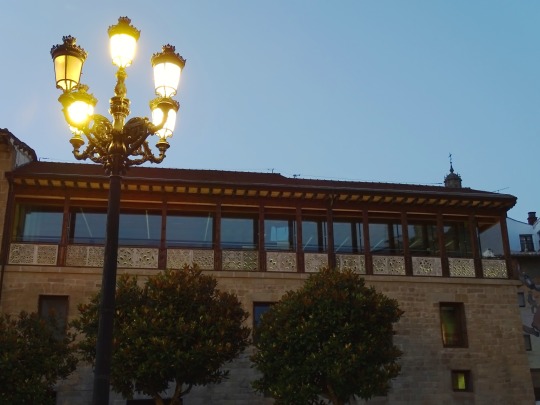
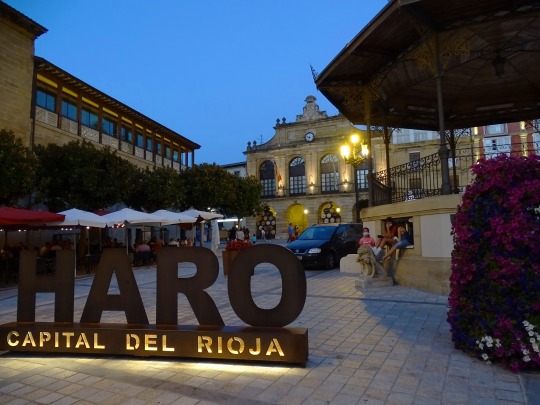
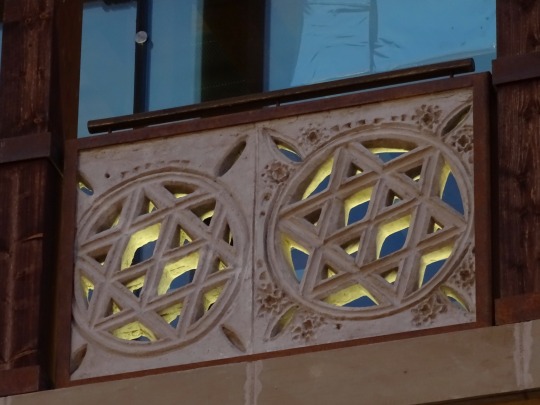
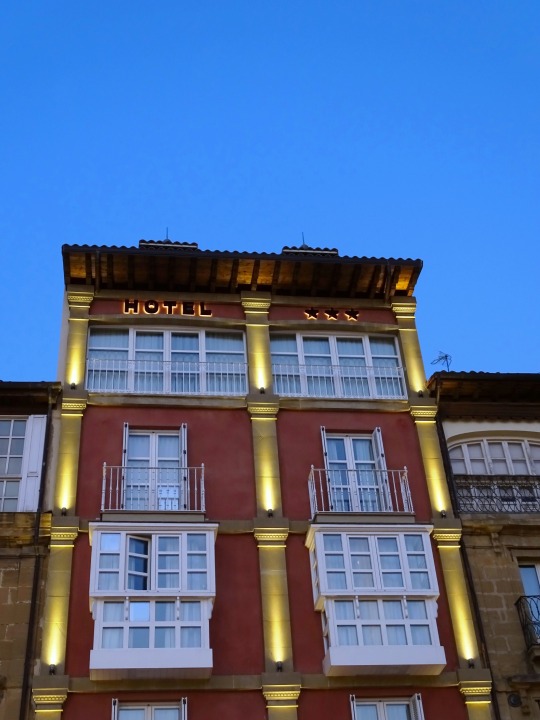
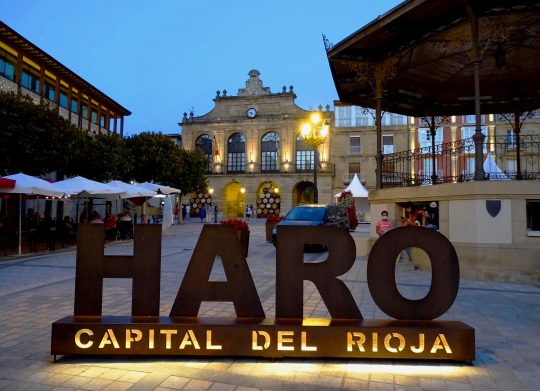

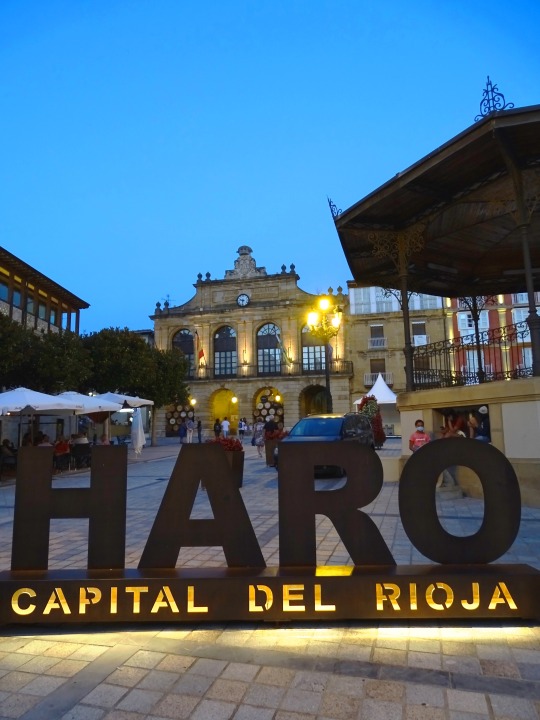
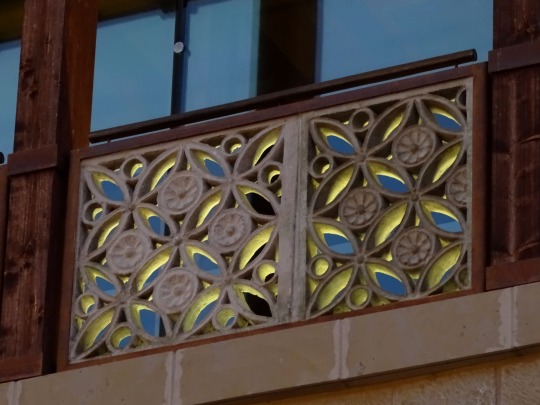
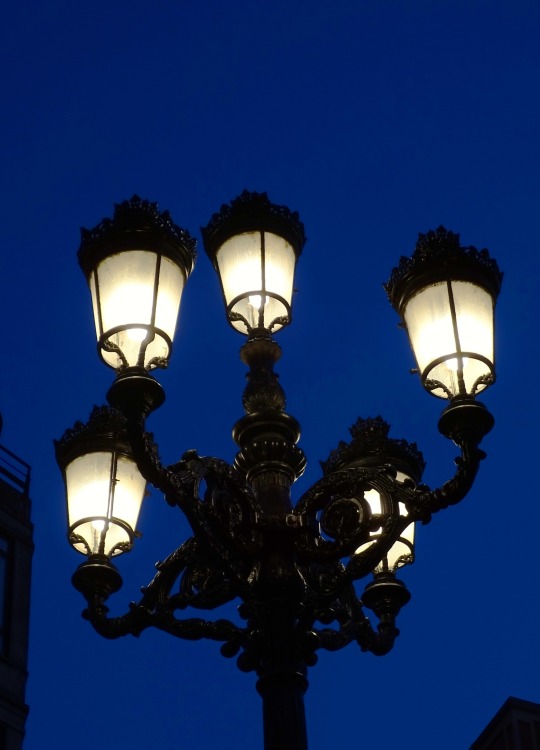
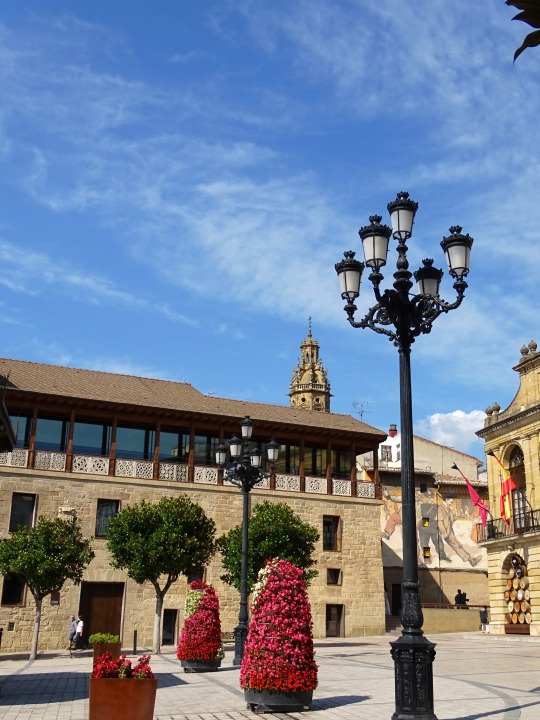
Plaza de la Paz, Haro (No. 4)
The history of the Plaza de la Paz is the history of Haro. More than a century ago, where there is now a kiosk, there was a fountain where jarreros went to fill their pitchers. Then it was called Plaza de la República and before that, Plaza de la Constitución. In the 40s the citizen became a pedestrian due to the proliferation of cars and gardens were built around the kiosk, turning it into a roundabout.
Vehicles ended up invading the Plaza de la Paz in the 70s, perhaps the first large public car park in Haro. Undoubtedly, this square has always been the heart of the city, since the Town Hall was located there in the eighteenth century and in the nineteenth century, the Swiss Café and its hotel. Already in the 90s the space for pedestrians was recovered and now the square is experiencing a new process of change. After the remodeling of the Torreón museum, the Bendaña palace and the Haro City Council, they have closed and have reopened or will reopen the Madrid bar and the premises that until February occupied the Café Madrid. Also in 2018 a new hotel will be inaugurated.
Currently, the redevelopment works of the Plaza de la Paz are being carried out, which will exempt it from vehicles almost completely. The objective is that the pedestrian gains space and takes center stage, for this, and taking advantage of the need to renew the supply networks, the City Council of Haro invests 250,000 euros in the work. Haro is a tourist town and the Plaza de la Paz, with the tourist office, its nerve center.
Source
#Bendaña Palace#15th century Mudejar gallery#Plaza de la Paz#Haro#Spain#La Rioja#street lamp#architecture#pedestrian zone#night shot#sign#travel#original photography#vacation#cityscape#town hall#square#Northern Spain#Southern Europe#wine country#España#summer 2021#exterior#church of Santo Tomás#flower#flora#gazebo#old town
5 notes
·
View notes
Photo










Plaza de la Paz, Haro (No. 3)
Palacio de Bendaña, also called Palacio Paternina: Located in Calle San Martín n.º 1. Built in the sixteenth century is Plateresque style. It has a Mudejar gallery of the fifteenth century with stars and intertwined flowers, unique in La Rioja. It comes from the monastery of the Star of San Asensio, reused in 1798 (according to inscription on a central piece). In 2013 the complete restoration of the building was inaugurated and became the headquarters of the tourist office.
Source: Wikipedia
#Palacio de Bendaña#Bendaña Palace#15th century Mudejar gallery#Haro#La Rioja#Plaza de la Paz#Calle San Martín#architecture#cityscape#Spain#travel#summer 2021#pedestrian zone#night shot#daylight#old town#España#Northern Spain#Southern Europe#original photography#vacation#tourist attraction#landmark
4 notes
·
View notes
Photo
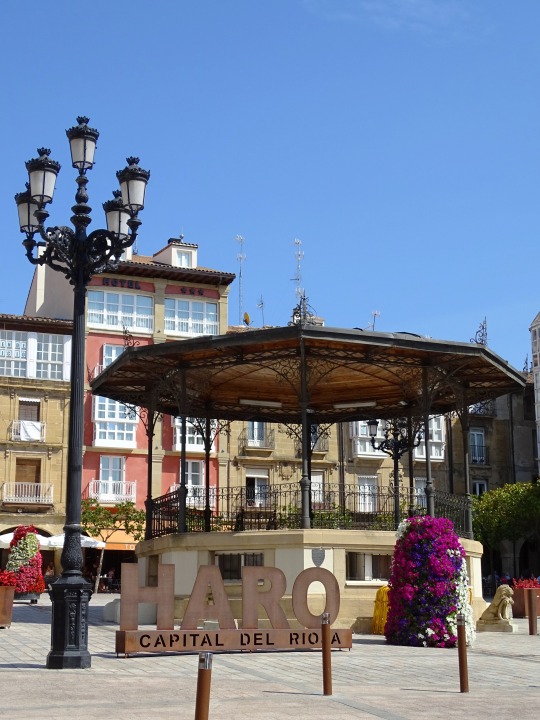


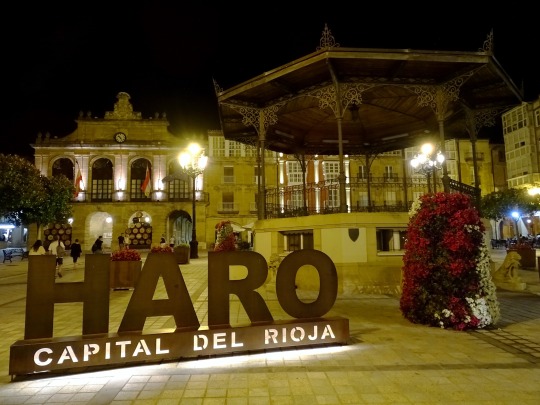
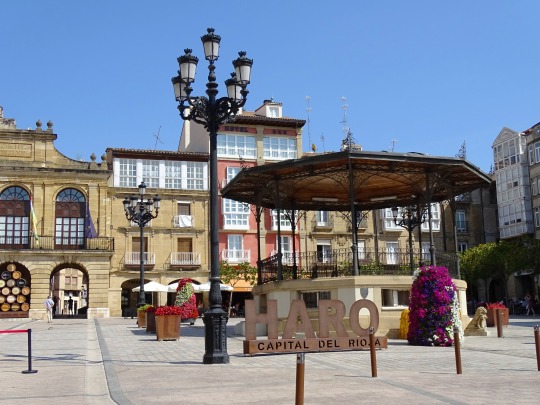


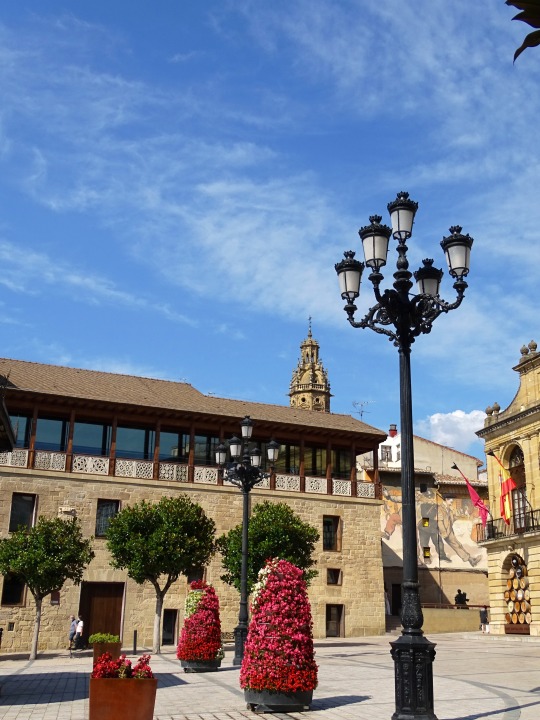


Plaza de la Paz, Haro (No. 2)
Located in the old medieval wall is a great example of the plateresque style, of great ornamental profusion. The building has three floors and is constructed in ashlar masonry stone, especially emphasising its two facades (one 16th century and another 18th) and the 15th century Mudejar gallery with interlaced stars and flowers, unique in La Rioja. In the entrance, as outstanding elements of its architecture, we find bolstered jambs, floral motifs and angels in the voussoirs of the threshold. It is currently undergoing restoration and in the future will house the new tourism office and the city’s municipal library.
Source
#Prisoners’ Tower#Bendaña Palace#Plaza de la Paz#town hall#vacation#travel#street light#pedestrian zone#old town#architecture#cityscape#original photography#tourist attraction#landmark#Haro#La Rioja#Spain#Northern Spain#Southern Europe#España#flower#flora#square#sign#gazebo#Iglesia de San Cristóbal
3 notes
·
View notes